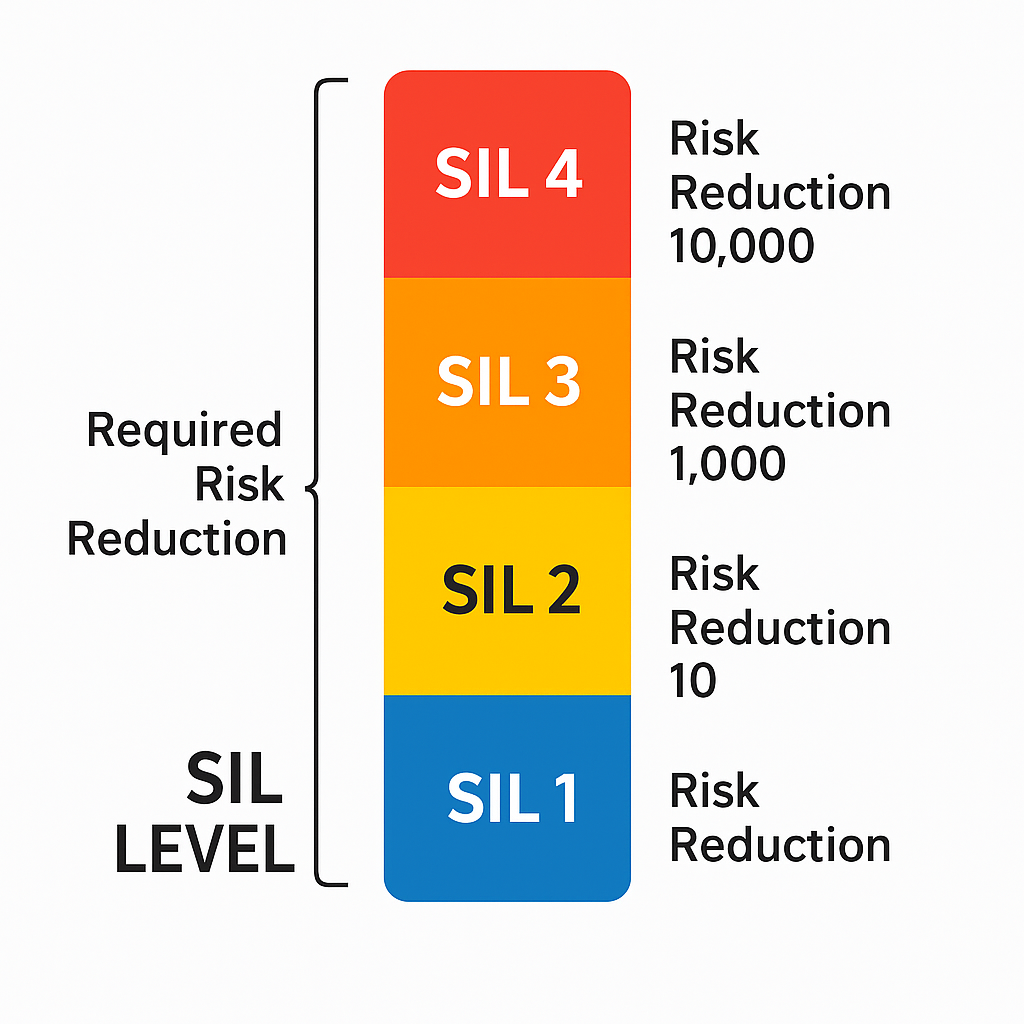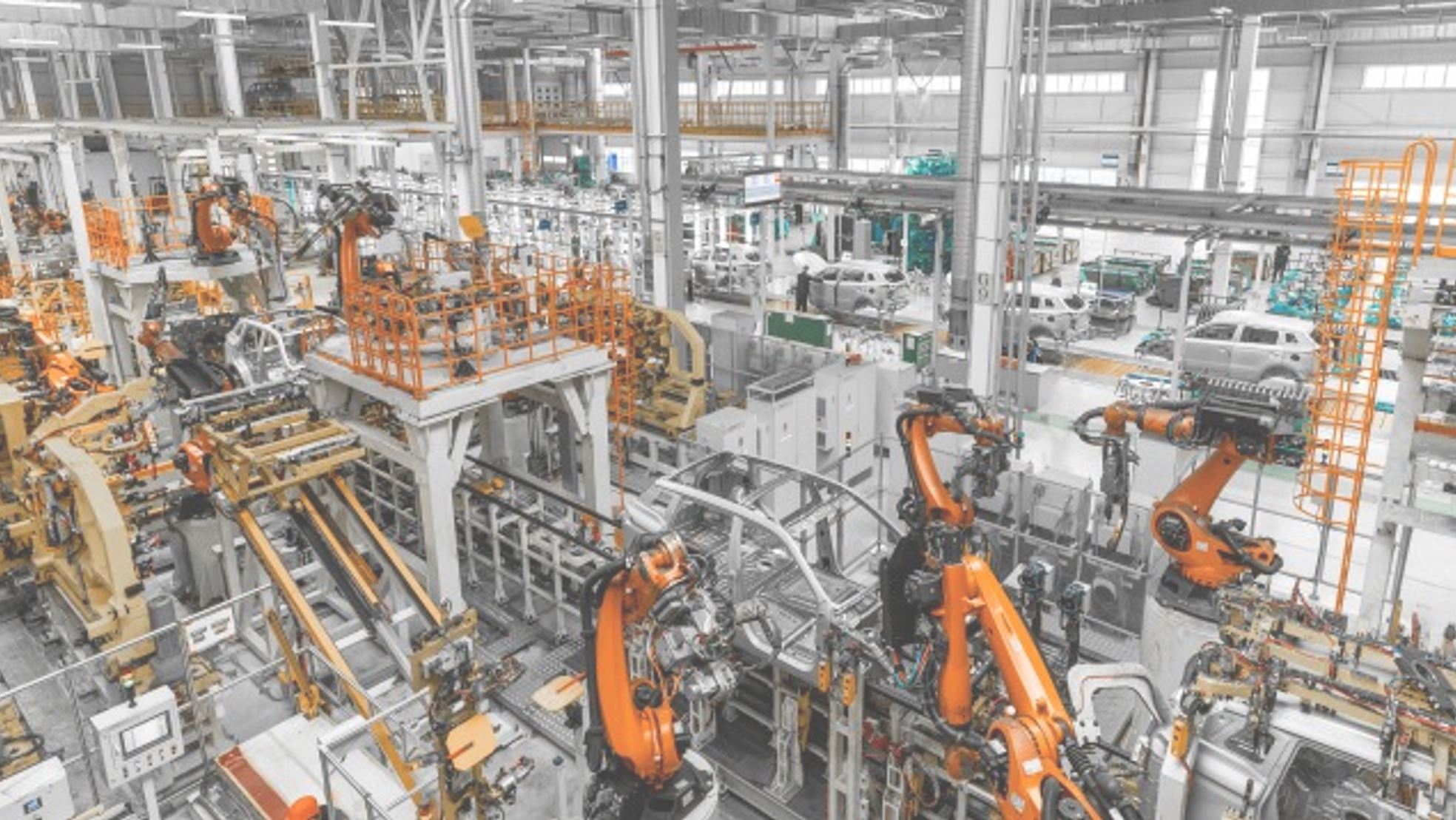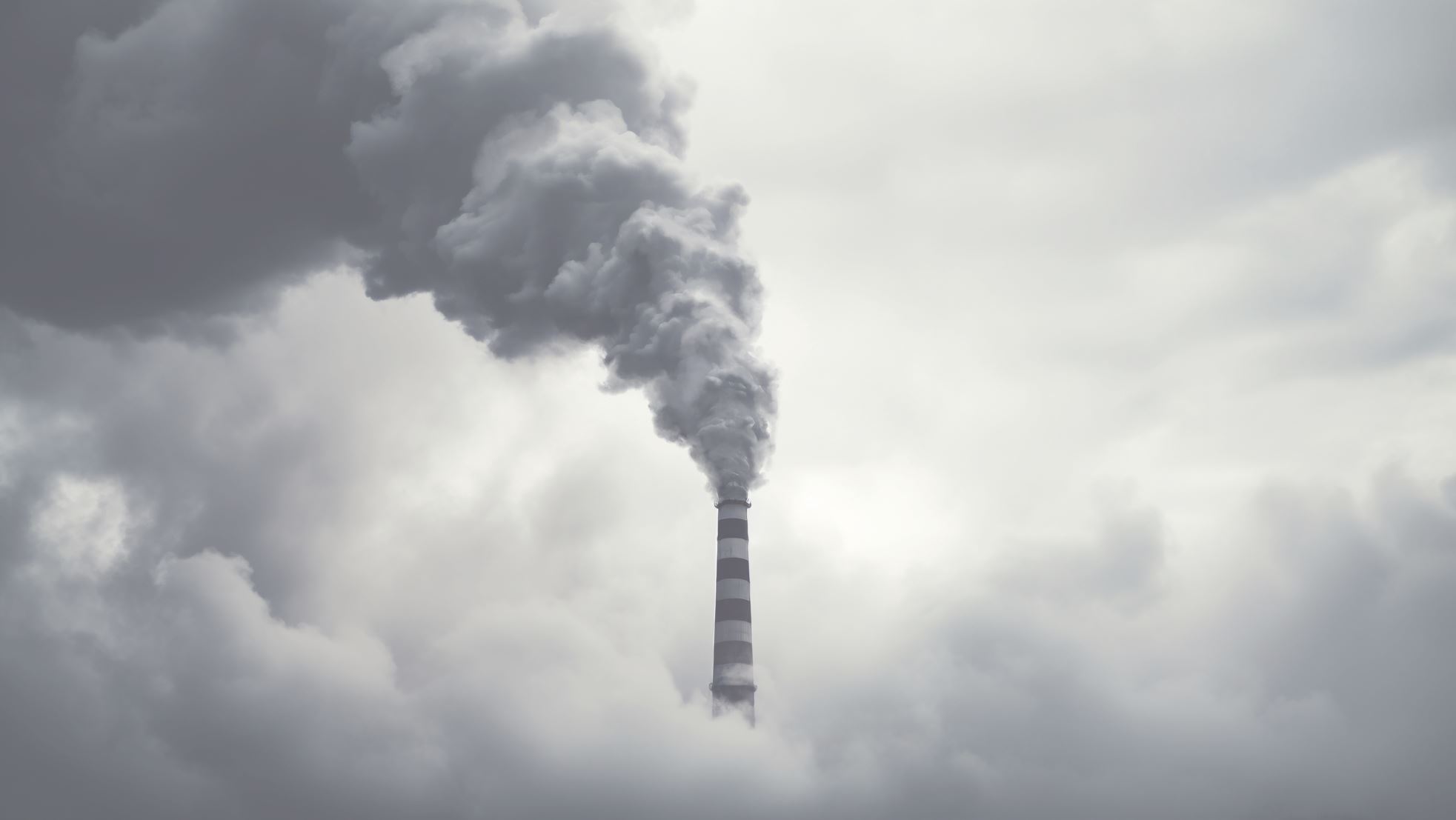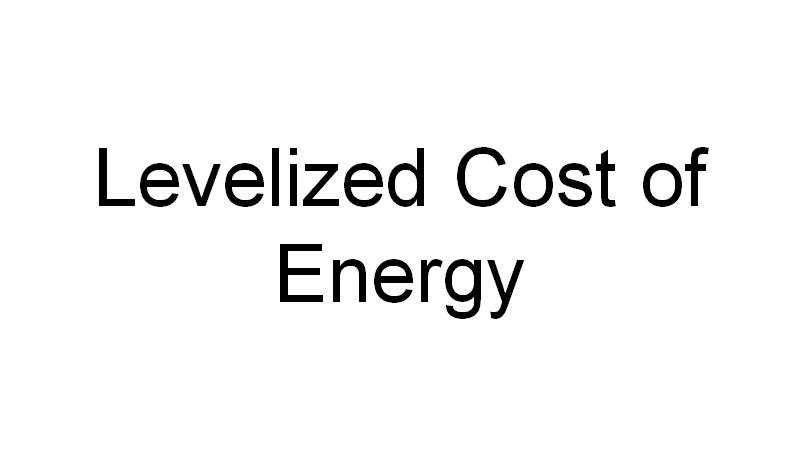Safety Integrity Level (SIL) is a measure of the reliability and effectiveness of a safety instrumented function (SIF) – such as an automatic emergency shutdown or gas detection system – in preventing hazardous events. SIL levels range from 1 (least stringent) to 4 (most stringent) and are defined by standards like IEC 61508 / 61511. Assigning a SIL is essentially about deciding how much risk reduction a safety system must provide. For example, a SIL 2 system might be required to reduce the risk of a tank overfill explosion by a factor of 100 to 1000. SIL determination is typically based on a risk assessment: if a hazard scenario’s unmitigated risk is too high, adding a SIF with a certain reliability can bring the risk down to a tolerable level. In practice, SIL assessment often follows a Process Hazard Analysis – once hazards are identified (e.g., via HAZOP), a Layer of Protection Analysis (LOPA) or risk graph is used to calculate the needed risk reduction and thus the SIL for each SIF. According to industry guidelines, SIL levels are used when implementing safety instrumented functions to scale back an intolerable process risk to a tolerable risk level. In other words, if a potential accident frequency or consequence is beyond acceptable limits, a higher SIL (with lower probability of failure on demand) is required for the protective system guarding against that accident.

A SIL Assessment by OSVARD involves a structured, risk-based approach to evaluate each safety instrumented function in a facility. We start by defining the hazard scenarios and the existing layers of protection. Using methodologies from IEC 61511 (such as risk graphs or LOPA), our team quantifies the risk and determines the required SIL for the SIF to achieve ALARP (As Low As Reasonably Practicable) risk levels. This includes multidisciplinary team discussions (often in a SIL workshop right after a HAZOP) where we consider consequences, frequencies, and the effectiveness of other protection layers. Once SIL targets are set, OSVARD can also assist in SIL verification – checking that the engineering of the safety instrumented system (sensor, logic solver, final element) meets the reliability target. We calculate metrics like Probability of Failure on Demand (PFD) and Safe Failure Fraction to ensure the design complies with SIL requirements. SIL assessment isn’t only about hardware – factors like proper maintenance, testing intervals, and avoidance of common-cause failures are also considered, since they affect the real-world integrity of the system. Ultimately, the SIL assignment and verification provide confidence that critical safety systems (like emergency shutdown valves, furnace flame trips, or toxic gas alarms) will perform when needed, reducing the risk of catastrophic accidents to an acceptable level.
OSVARD brings deep functional safety expertise to Asian enterprises, guiding them through SIL assessment and the implementation of SIL-rated systems. We are familiar with the IEC standards and international best practices, but we also understand the practical challenges companies face in this region – such as limited historical data or resource constraints. Our consultants can conduct SIL studies efficiently, often in tandem with your PHA process, to minimize project delays. We identify which SIFs are critical and require SIL assignment, then help clients determine the optimum level: high enough to ensure safety, but not over-engineered (which could add unnecessary cost and complexity). OSVARD also offers support in selecting and designing safety instrumented systems to meet the SIL – for instance, choosing appropriate redundant instrumentation, fail-safe logic solvers, and reliable actuators. We emphasize a lifecycle view (in line with IEC 61508) where after installation, procedures for testing, validation, and periodic review are established. By partnering with OSVARD for SIL assessments, companies in Thailand and the broader region can be confident their safety systems are properly rated and dependable. This not only keeps people and the environment safe, but also protects the business by preventing major incidents that could result from a safety system failure.

iFluids Engineering – SIL levels are applied to safety instrumented functions to reduce intolerable process risk to a tolerable levelifluids.com.
iFluids Engineering – SIL assessment is a risk-based approach per IEC 61508/61511, done by a multidisciplinary team after HAZOP, using methods like risk graphs or LOPA to identify required SILifluids.com.
TheSafetyMaster – SIL is essentially a measure of a safety system’s effectiveness in preventing or mitigating hazardous events, quantifying the risk reduction achieved by that systemthesafetymaster.com.












